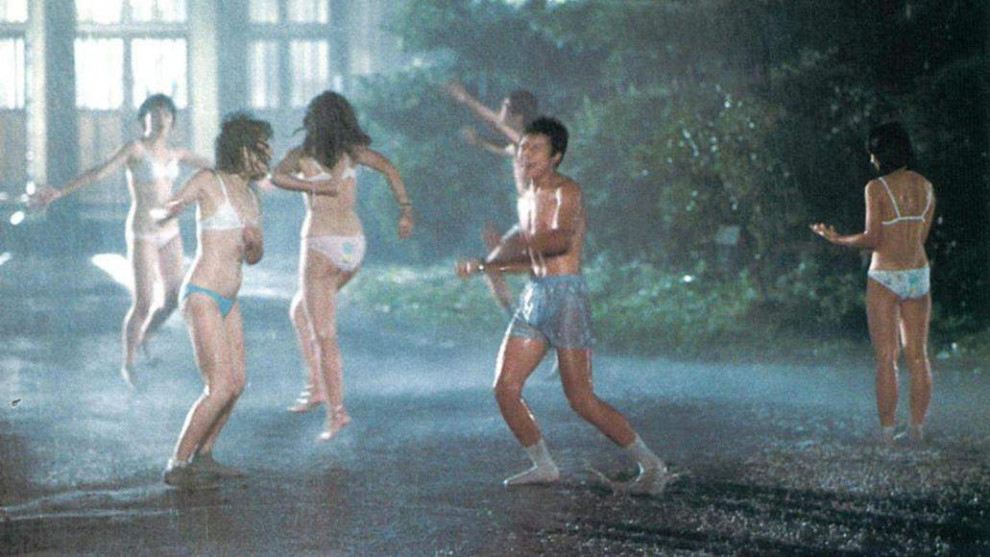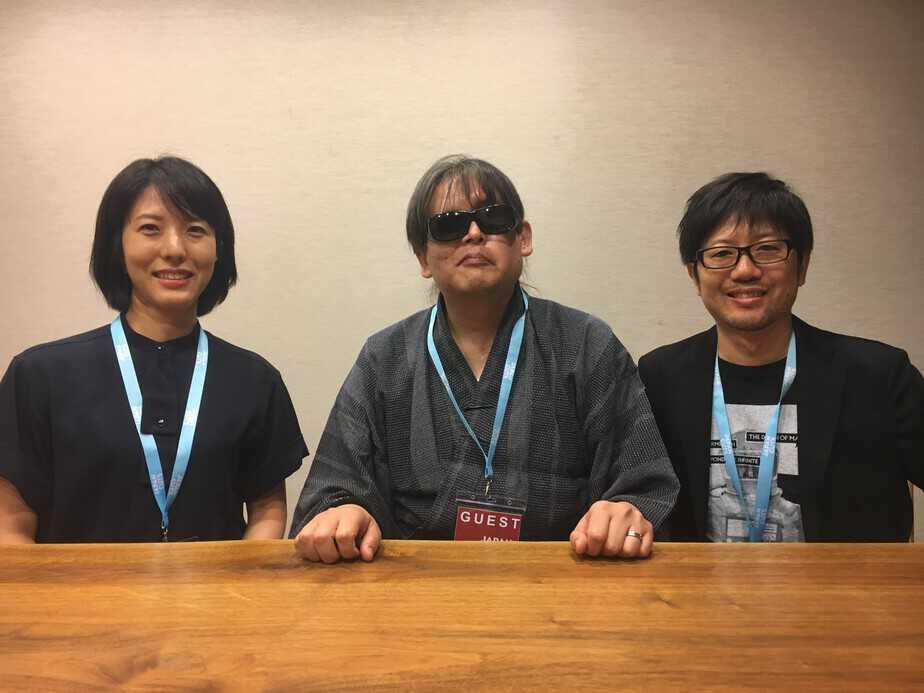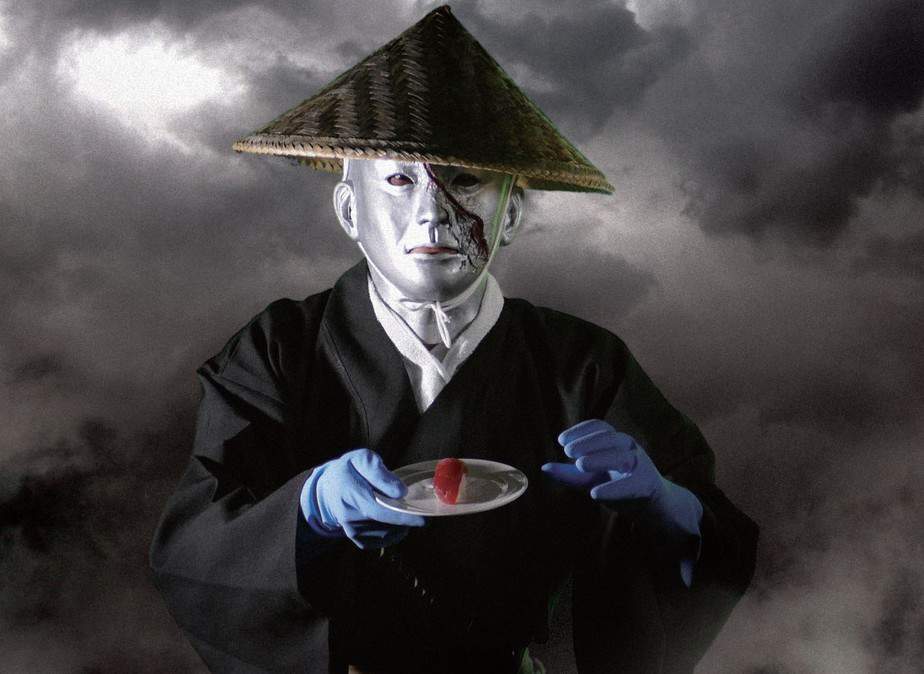Although considered by many academics as one of the best Japanese films of the 80s, and having won a number of awards in Japan, including the Grand Prix from the Young Cinema Grand Prize at the 1985 Tokyo Film Festival and Best Director from Three Continents in Nantes, “Typhoon Club” remains a relatively unknown film in the West.
Typhoon Club is screening at San Diego Asian Film Festival

The story revolves around a number of students attending a school at a suburb in Tokyo, and takes place on a five days span, mostly before and after a typhoon hits the place. Rie is the popular girl in the class, and has a rather strange relationship with Mikami, who is the male equivalent of hers. Both, however, hide some psychological issues, with Rie being filled with self-doubt and Mikami with dark philosophical thoughts, dealing with the way an individual can overcome his species, and contemplating death. Midori, Yuri and Yasuko are three inseparable friends whose relationship is also erotic. Michiko is a troublesome girl who tries to boss and control everyone around her, including Umemiya, the laid-back and cool teacher of mathematics. Ken is the star of the baseball team, but also a very troubled individual, who goes around repeating phrases like “Gomen nasai (I'm sorry)” and “Tadaima (I'm home)”. Akira is the “clown” of the class, whose tendency to peek on girls brings him in trouble in two different occasions. The first one occurs in the beginning of the film, when the girls have a party in the school pool at night, listening to music and dancing in their bathing suits, and eventually catch him peeking on them. The second one occurs when he is, once again, caught peeking on two girls having intercourse.
These two incidents, and the one where the infuriated mother of the woman professor Umemiya is dating, enters the class and accuses him for his behaviour towards her daughter, present the setting of the story, in rather entertaining fashion. Eventually, most of the main protagonists find themselves secluded in the school environment, and many unexpected events take place as they are forced to deal with the relationships among them, and even themselves.
Check also this interview
Shinji Somai directs a film that uses the school environment to present a number of comments regarding teenagers, and their interaction with love, life, philosophy, violence, and sex, as they try to understand themselves and their role in life, and ablactate from their parents and teachers. His take on these subjects starts as something funny, even hilarious at moments, but as the typhoon approaches, it becomes darker and much more graphic, and includes scenes of lesbian sex, masturbation, and a rather lengthy rape attempt, in one of the two most shocking scenes in the film. The symbolism of the typhoon is evident, as the embodiment of the eruption of the problems these teenagers face, who have to “weather” the storm if they want to survive, both literally and metaphorically. During the end, the film takes a slight turn towards the surreal, which I found a bit out of place, although not to a degree that could be deemed bothersome.
Akihiro Itoh's cinematography is impressive, as he frames most of the film in a way that makes the spectator feel as if he is actually peeking on the action, both from close distance (behind half opened windows and doors), and from far away. The long shots frequently show the students dancing, occasionally in their underwear, and this distance is what makes the film avoid being crude. Two shots stand out, each one representing one of the two camera tactics. The first one is a long shot that shows some of the students walking in the distance as it highlights the suburban environment the film takes place, and, at the same time, showing a cloudy sky that seems to indicate, ominously, that something bad is about to happen. The second one is the one where two of the girls start undressing each other in front of a large mirror, while the third is dancing in the background, in an impressive sample of the “peeking” shots.
Isao Tomita does a rather good job of editing all the different episodes together, retaining a relatively fast pace throughout most of the film's duration. During the end, however, I felt that the film is lagging a bit, particularly through the dancing scenes, which are rather lengthy, and despite the very interesting selection of rock and reggae music tracks.
The acting in the film is on a very high level, but the ones who stand out are Yuichi Mikami as “the philosopher” Mikami, Yuka Onishi as the obnoxious “policewoman” Michiko and Youki Kudoh as Rie, who seems as the most lost of all.
“Typhoon Club” may have some of the common faults of Japanese cinema, particularly regarding the overextension of some scenes and the inevitable surrealism, but remains a great sample of the country's distinct way of shooting (school) dramas and a very entertaining and artful film.















